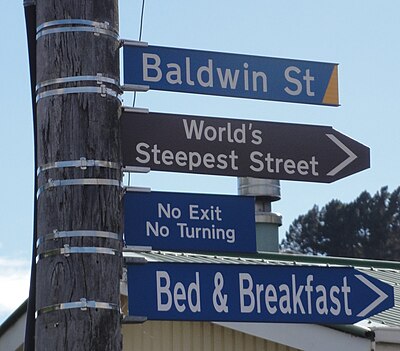Creating your own OERs
From WikiEducator
Turning your teaching resources into OERs
Turning your resources and teaching materials into OERs while staying on the right side of copyright law may seem daunting. You have probably crafted your personal teaching resources over many years, and drawn your materials from far and wide. Tracking down the copyright status of every piece of content you’ve used may seem unfeasible. But there are strategies for making the conversion of your resources into OERs easier and less time-consuming, while still abiding by copyright law. The benefits of creating your own OERs will be worth the effort.
Tips: Planning and creating your OERs.
- First, be informed about copyright law. To get a sense of the copyright ‘landscape’ take the multi-choice quizzes in OCL4ed. Learn about the educational fair-use provisions in the 1994 Copyright Act and how these apply in practice. It may be that your use of copyrighted materials is entirely legal.
- Next, consider how you might package your resources in OER form. For example, if placing an entire course online is not possible, it is usually possible to break resources down into smaller, bite-sized chunks. An OER does not need to be huge to work. Some of the most successful OERs get right to the point. Small can be beautiful – a well-designed, two-page guide on how to play the commonest piano chords will generally have more user appeal than a complete one-year course on concert piano (although the larger resource will likely be of greater value to a smaller number of people). Other examples of modular OERs are infographics, brief topic summaries and pedagogical templates containing ideas or concept progressions that another tutor might use to formulate their own course. At a later date you might find that you can compile your smaller OERs into a larger OER representing a complete course. But, as they say, every journey begins with a single step!
- Decisions about securing third-party content: Another key skill is deciding how much time and effort to devote to securing your OER’s third-party content. These are the materials in your resource that you did not create, but which you feel you really can’t delete without lowering the educational ‘punch’ of your OER. Sometimes a photo can be removed, or a text quote shortened, without impacting the core message of the resource; on other occasions, you may find that that a particular item of third-party content is really needed to make the whole thing work. It can take time to acquire permissions, and so it is good practice to separate your ‘wants’ and ‘needs’, and put your effort into acquiring the key content needed for your OER to work. If you find copyrighted material you would really like to use, consider approaching the copyright holder to seek permission to include their work in your resource. (If you do this, remember to inform them of the CC license type you plan to use, as this may shape their decision, and to keep a record of any permissions given.)
- Sourcing alternative content: If you find materials you would like to use, but can’t track down the creator, then you are faced with several options. One avenue is to search for an alternative to the content you already have (for photos, illustrations and data tables, an openly-licensed alternative can often be found). The Wikimedia Commons portal gives access to millions of well-indexed CC images and illustrations that can be used in OERs. If you have the time, another option is to create your own AV content specifically for the OER. This can be quite simple – for example, taking a photograph or video of a practical skill or technique that you teach in your course. Such content can become an OER in its own right, and if the content you create lies within your field of expertise it is well worth releasing separately with a CC license.
- Linking to sources rather than republishing: Often the content you wish to include in your OER is already online, legally licensed, and in its original form. Rather than republishing the content in your resource, consider linking to sites that legally contain the copyrighted material you wish to use. This is a fast and effective way of dealing with third-party content. Note that if you do this, it is good practice to periodically check for broken links.
